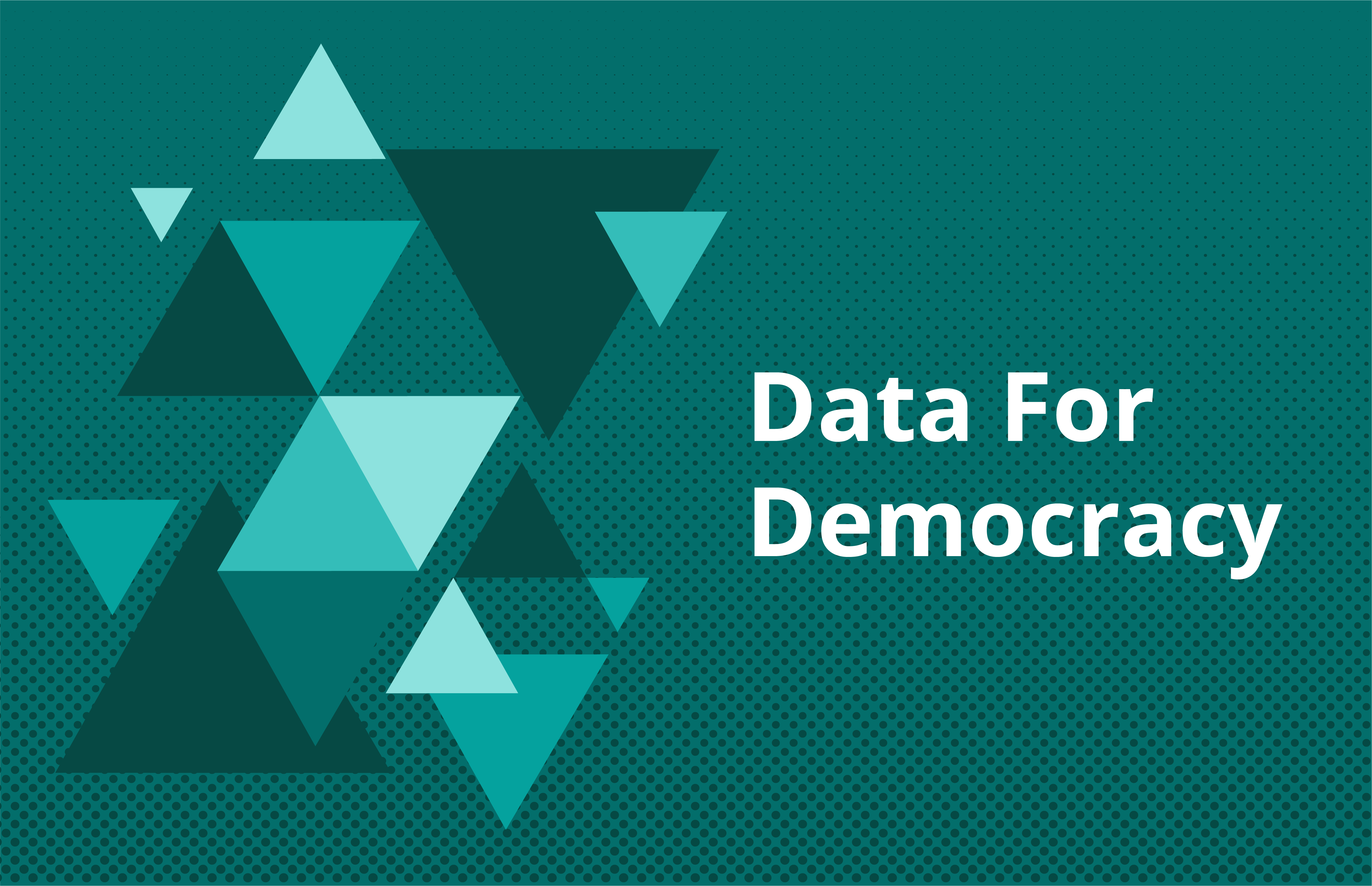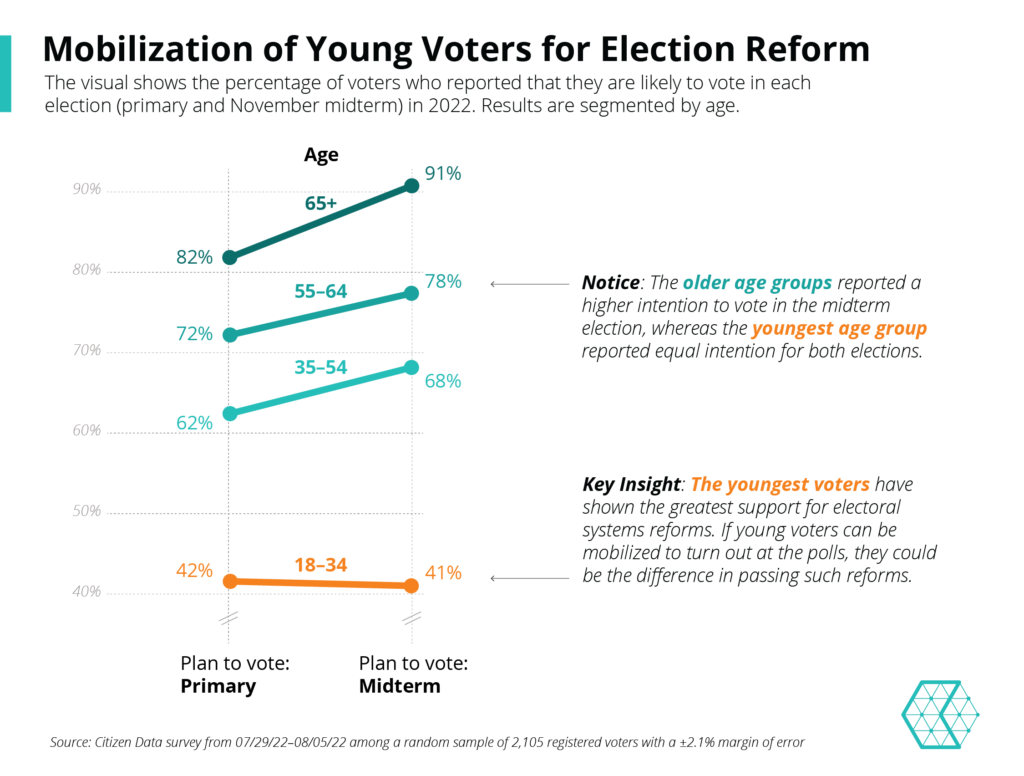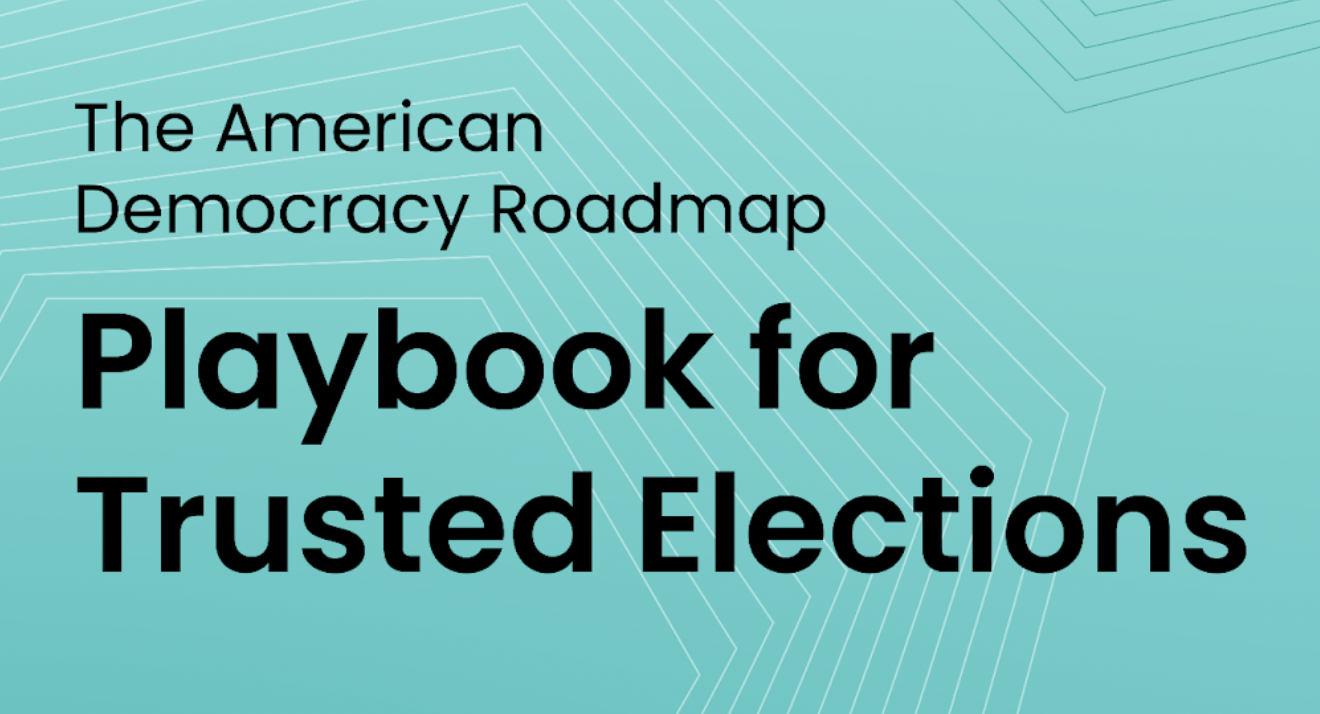The Antidote to the Primary Problem? September 11, 2022
Alaska’s primary and special elections used a new system that shows promise for electing a more diverse slate of candidates who reject extremism.

The primary defeats of pro-democracy Republicans such as Liz Cheney and Peter Meijer by Trump-backed conservatives highlight a party held hostage by tribalism.
Alaska’s primary and special elections used a new system that shows promise for electing a more diverse slate of candidates who reject extremism.
1. Why Alaska Bucked The Trend
This year, Alaska first implemented a top-four primary election which broadened candidate options and allowed all voters to participate, regardless of party. Results indicate the system has a positive effect on turnout, political competition, and problem-solving over party politics.
Rather than lose a Republican primary against a Trump-backed challenger as might have happened under the old primary rules, Senator Lisa Murkowski advanced to the general election as the top vote-getter. The 192,000 who turned out marks the highest total number ever in an Alaska Senate primary.
At the same time, in the Special Election for the state’s House seat, ranked choice voting was on display. Mary Pelota’s win over the Trump-backed Sarah Palin makes her the first Alaska Native to serve in Congress. The reform directly connects voters with more chances to feel included in the democratic process and see themselves and their values on display in office.
2. Voters Seek Reform
In a June 2022 poll, Citizen gathered Arkansans’ views of the primary system. One prevalent theme cited was concern about single-party dominance, which renders primaries futile for voters of the non-dominant party.
Share this report
18-34 Multiracial Democrat-Leaning Independent Male
The so-called primary problem leads to general elections between candidates who are unpopular and unrepresentative of the majority of Americans.
In August, we asked Nevada voters to share their greatest concern with elections; the clear winner was “voters often experience having to choose between the lesser of two evils.”

3. Alaskan System Most Popular Among Young Voters
Support for electoral reform is growing and most palpable among the youngest voters. In Nevada, 58% of 18–34-year-olds are in favor of Final Five voting, compared to just 38% of those 65+.
This supports findings from our polling in Arkansas where 58% of 18–34-year-olds supported the Top-Four reform proposal, compared to 46% of those 65+.
Given the reform’s popularity among the young, expect the chorus of support for systems like Alaska’s new model to only accelerate in the coming years.
If young voters turn out in higher numbers, they could be the difference in passing such reforms in Nevada this year and many states in the years to come.

Data-In-Action
When it comes to reform, we recommend:
- Make reform a “kitchen table” issue by highlighting the ways the primary problem is electing ineffective leaders who don’t get the job done
- Continue to beat the drum of the current primary problem and unfair system limiting competition in too many places
- Understand the generation gap in reform support. Generally, focus most on persuading Gen X and above; focus on mobilization for Millennials
If you have any questions don’t hesitate to reach out. Enjoy Citizen’s Data for Democracy series? You can find past installments here.
Your Trusted Elections Playbook
Key insights for countering disinformation and rebuilding election trust.
